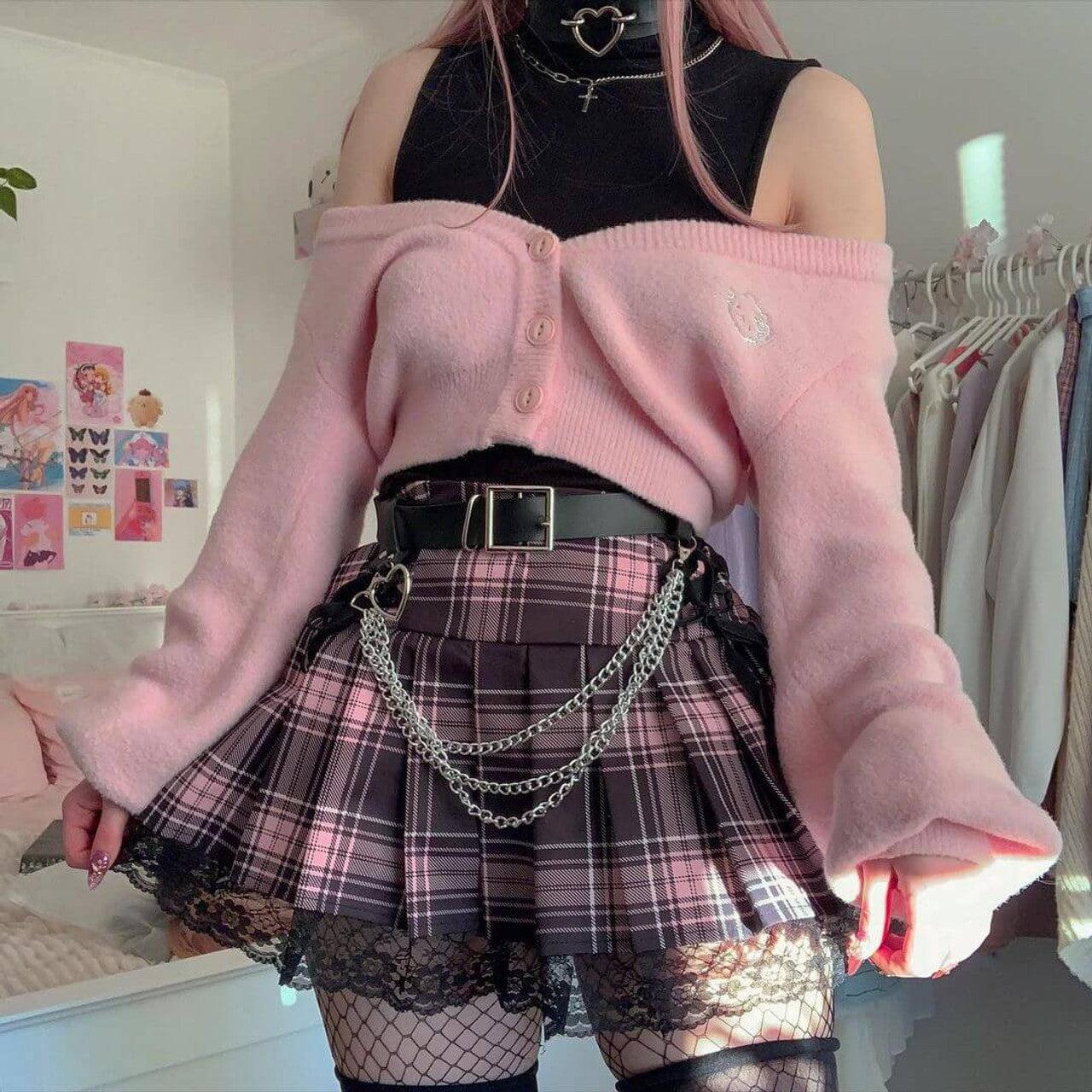Gothic fashion, often simply referred to as ‘goth’, is more than just an aesthetic; it’s a vibrant lifestyle, a cultural movement, and a profound means of self-expression that has evolved significantly since its inception in the late 1970s. Drawing inspiration from the post-punk music scene, gothic fashion channels a dark and dramatic ambiance, replete with elements that evoke mystery and beauty.
The genesis of the goth subculture can be traced back to the post-punk era, with bands like Bauhaus and Siouxsie and the Banshees at the forefront of this cultural phenomenon. These musicians not only pioneered a new sound but also catalyzed a unique fashion aesthetic characterized by its embrace of dark themes, often contemplating death, the macabre, and the supernatural.
Gothic fashion is distinct, easily recognizable yet multifaceted, evoking historical contexts while encapsulating modern rebellion. It borrows motifs from various historical eras, notably the Victorian and Edwardian periods, merging the rebellious spirit of punk with the rich romanticism of history. This Gothic Family Tree infographic illustrates the diverse branches of gothic fashion, showcasing various subcultures that have emerged and evolved through the years.
As goth culture blossomed, it solidified a set of key elements that define its unique aesthetic:

Image: Source Litlookz Studio
- Color Palette: Typically dominated by black, with occasional splashes of dark or pastel colors.
- Key Garments: Dark, layered clothing including corsets, lace, and leather pieces.
- Accessories: Chokers, statement jewelry, and makeup that emphasizes pale skin and dramatic contrasts.
The intersection of gothic fashion with mainstream culture is noteworthy, as it has influenced high fashion, music videos, and films, serving as a powerful form of self-expression that resonates with new generations. Whether on the runway or depicted in classic horror films, gothic fashion continues to achieve visibility and relevance.
Diving Into Distinct Goth Styles
Gothic fashion is not monolithic but rather encompasses a variety of subgenres, each with its own appeal. Let’s delve into some prominent styles:
1. Pastel Goth
Pastel Goth, also known as Kawaii Goth, blends traditional goth aesthetics with pastel tones, creating a whimsical and light-hearted contrast. Common elements include pastel hair, delicate accessories, and motifs such as skulls or bats.

Image: Source Litlookz Studio
2. Traditional Goth (Trad Goth)
Emerging in the late ’70s, Trad Goth features dark, punk-influenced clothing and dramatic makeup, encapsulating the essence of goth rock music. Essential items include black clothing, ripped jeans, and band tees.

Image: Source Litlookz Studio
3. Victorian Goth
This subgenre draws heavily from the Victorian era, emphasizing dark romanticism and elaborate fashion. Common pieces include flowing dresses, corsets, and vintage accessories that reflect a connection to history.

Image: Source Litlookz Studio
4. Cybergoth
Marrying goth and rave cultures, Cybergoth incorporates colorful, futuristic elements such as neon colors and synthetic materials, often paired with goggles and other accessories, reflecting a tech-savvy aesthetic.

Image: Source Litlookz Studio
5. Romantic Goth
Romantic Goth embodies dark drama through flowing skirts, lace, and velvet, often inspired by gothic literature. Accessories emphasize beauty and elegance, often incorporating chokers and vintage pieces.
6. Soft Goth
Soft Goth is characterized by a blend of traditional goth elements with lighter aesthetics. It features softer clothing styles and minimalistic makeup, providing a more casual alternative to traditional goth.

Image: Source Litlookz Studio
Other notable styles include Hippie Goth, Gothic Lolita, and Modern Nu-Goth, each with its own distinct flavor that contributes to the rich tapestry of gothic fashion.
In conclusion, gothic fashion embodies a continuously evolving yet deeply rooted aesthetic that appeals to a wide audience. As it adapts, it maintains core values of individuality and creativity, drawing on the darker elements of life and translating them into an evergreen form of style. No matter which branch of goth resonates with you, there’s a unique path within this subculture just waiting for exploration.
If you’re eager to dive deeper into goth styles or any other aesthetic, be sure to visit our other blogs and explore our collections at Litlookz Studio. We invite you to join our community on social media platforms like Instagram and TikTok, where the gothic spirit thrives.